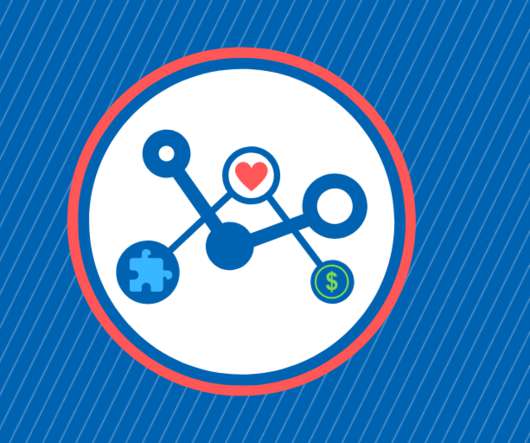How Nonprofits Can Use Behavioral Science to Engage Supporters on Social Media
Nonprofit Tech for Good
JULY 1, 2020
The pandemic has drastically altered the ways nonprofits interact with their supporters. While social media is now a common part of every nonprofit’s communication strategy, a common sentiment is that interacting on social media is a poor substitute to in-person interactions. Leverage social information and norms.



















Let's personalize your content